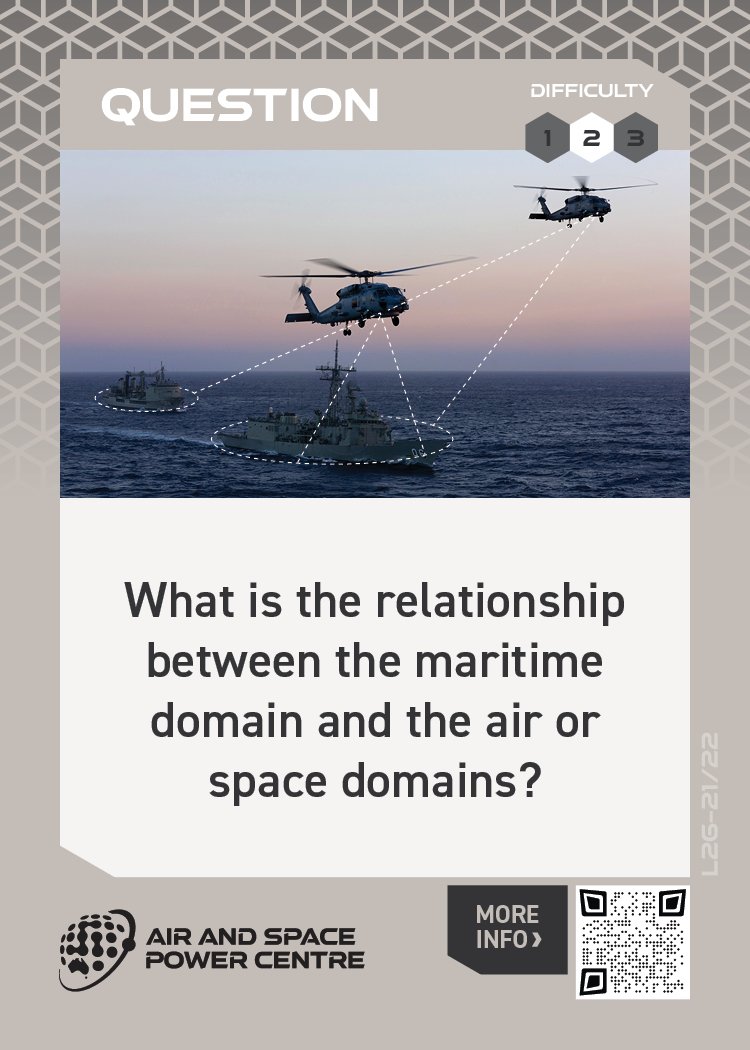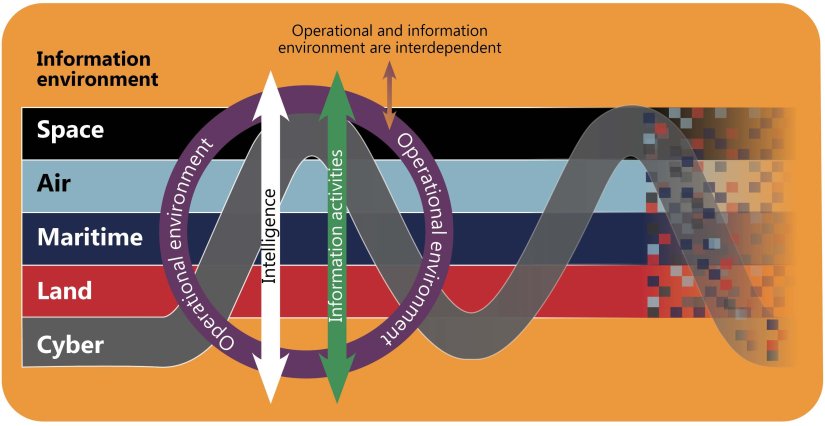
Overview
Air power does not exist in isolation. Integrating across domains and functions allows the ADF to find and exploit opportunities, while mitigating limitations of operating in each domain. However, integration is neither intuitive nor automatic. It requires a deliberate and sustained effort across the human, procedural and technical dimensions. Furthermore, continuous campaigning requires the effects within each domain to align and focus on an integrated force’s desired effects.
Enduring attributes of maritime power apply to the maritime domain’s contribution to an integrated force. These include reach, adaptability, flexibility, persistence and mobility in mass. When applied, these attributes enable ADF forces operating in the maritime domain, consistent with our allies, to span the spectrum of competition through to conflict, providing strategic choice, operational flexibility and tactical unpredictability.
